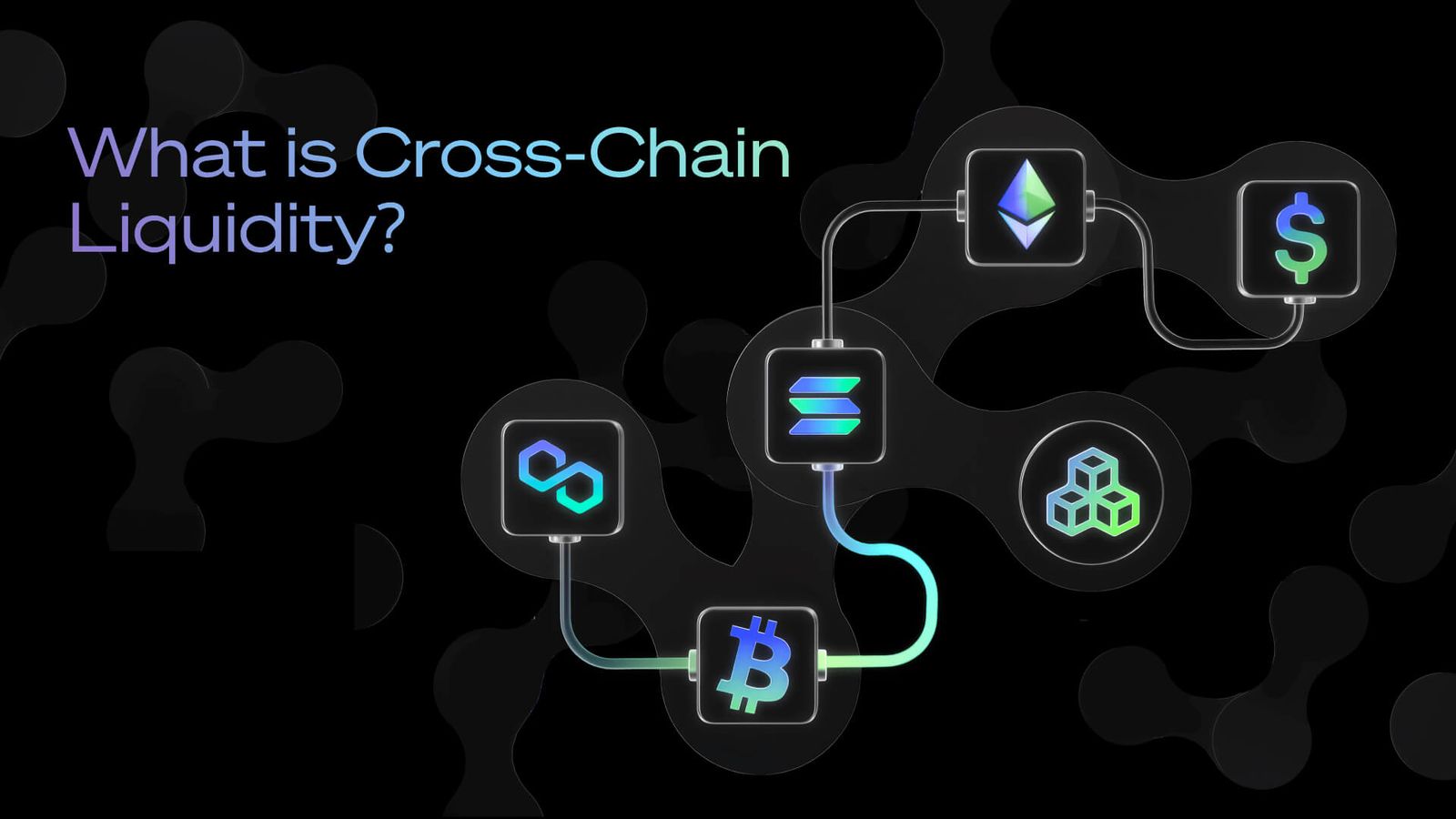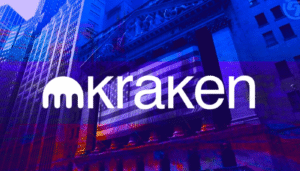Imagine a world where your money can flow effortlessly between different digital wallets, apps, and platforms, no matter where they’re hosted. That’s the promise of cross-chain liquidity in decentralized finance (DeFi), a game-changer that’s breaking down barriers between blockchains like Ethereum, Solana, and Binance Smart Chain. As DeFi expands across multiple networks, cross-chain liquidity ensures assets move freely, fueling innovation and accessibility. Let’s dive into why this seamless flow of funds is the backbone of a thriving multi-chain DeFi ecosystem, and why it matters to everyday users.
What Is Cross-Chain Liquidity?
Cross-chain liquidity is the ability to move assets—like cryptocurrencies or stablecoins—between different blockchain networks quickly and securely. Think of blockchains as separate islands, each with its own currency and rules. In the past, moving money between them was slow and costly, often requiring middlemen or complex bridges. Cross-chain liquidity changes that by creating highways for assets to travel, letting you trade, lend, or stake across chains without hassle.
This is powered by technologies like cross-chain bridges, protocols such as Axelar or Thorchain, and decentralized exchanges (DEXs) that pool liquidity from multiple networks. For users, it means you can swap ETH on Ethereum for SOL on Solana or stake assets across chains with a single click.

Why Cross-Chain Liquidity Fuels DeFi Growth
DeFi is all about open, decentralized financial services—lending, borrowing, trading—without banks or middlemen. But when liquidity is stuck on one blockchain, it’s like having money trapped in a single ATM. Cross-chain liquidity unlocks this potential, driving DeFi’s growth in several key ways.
Breaking Down Silos for Bigger Markets
Each blockchain has unique strengths, like Solana’s speed or Ethereum’s robust apps. Without cross-chain liquidity, assets on one chain can’t interact with another, creating fragmented markets. Cross-chain solutions like Thorchain or Axelar let users tap into liquidity pools across networks, creating larger, more efficient markets with better prices and less slippage.
Boosting User Access and Flexibility
Cross-chain liquidity makes DeFi more user-friendly. Imagine lending your USDC on Ethereum to a platform on Polygon for higher yields, all without manual transfers. Protocols like Symbiosis or Kima Network simplify this, letting users access diverse assets and services across chains, making DeFi feel as seamless as using a mobile banking app.
Encouraging Innovation and New Apps
When assets flow freely, developers can build creative applications that span multiple chains. For example, cross-chain DEXs like Squid Protocol allow seamless swaps, while liquid staking tokens let you stake on one chain and earn rewards on another. This interoperability sparks new financial products, from cross-chain lending to multi-chain yield farming.

How Cross-Chain Liquidity Works
Getting assets to move across blockchains sounds complex, but it’s becoming easier thanks to innovative tools. Here’s a simple look at how it happens:
Cross-Chain Bridges and Protocols
Bridges like LayerZero or Kima’s bridgeless protocol lock assets on one chain and release equivalent assets on another, ensuring secure transfers. For instance, you could send USDT from Ethereum to Avalanche without wrapping tokens, avoiding extra steps or risks.
Liquidity Aggregators
DEX aggregators like 1inch or ParaSwap scan multiple chains to find the best prices and routes for your trades. They pull liquidity from pools across networks, ensuring you get the most value with minimal fees. This is like shopping around for the best deal, but done instantly by smart contracts.
Smart Contracts and Oracles
Smart contracts automate cross-chain transactions, while oracles (like Chainlink) provide real-time data on prices and market conditions. Together, they ensure trades are accurate and secure, even across different blockchains.

Challenges and Risks to Watch
While cross-chain liquidity is transformative, it’s not without hurdles. Security is a big concern—bridges have been hacked, with over $2 billion lost in 2024 alone. Protocols like Symbiosis are addressing this with decentralized designs and bug bounty programs. Scalability is another issue, as high transaction volumes can clog networks, raising fees. Finally, regulatory uncertainty looms, as cross-chain transfers often span jurisdictions, requiring compliance solutions that don’t sacrifice DeFi’s open nature.
Despite these challenges, advancements like Axelar’s General Message Passing or Thorchain’s native swaps are making cross-chain systems safer and more efficient, paving the way for broader adoption.
The Future of Multi-Chain DeFi
Cross-chain liquidity is setting the stage for a truly interconnected DeFi ecosystem. As more blockchains adopt interoperability standards like Polkadot or Cosmos, users will enjoy a seamless experience—think of it as a global financial internet where assets move as easily as emails. Posts on X highlight excitement for “unified liquidity layers” that reduce friction and boost efficiency, signaling strong community support for these innovations.
Looking ahead, expect more platforms to integrate cross-chain tools, from DEXs to lending protocols. This will drive financial inclusion, letting anyone with a crypto wallet access global markets. It could also attract institutional investors, who need deep liquidity to diversify across chains.

Why You Should Care About Cross-Chain Liquidity
Whether you’re a crypto newbie or a seasoned trader, cross-chain liquidity makes DeFi more powerful and accessible. It means lower fees, faster trades, and more choices—whether you’re swapping tokens, staking for rewards, or exploring new apps. By connecting blockchains, it’s building a financial system that’s open to everyone, anywhere.
To dive in, check out platforms like Thorchain (thorchain.org) or Symbiosis (symbiosis.finance) to see how cross-chain liquidity works in action. The future of DeFi is multi-chain, and cross-chain liquidity is the key to unlocking its full potential.




